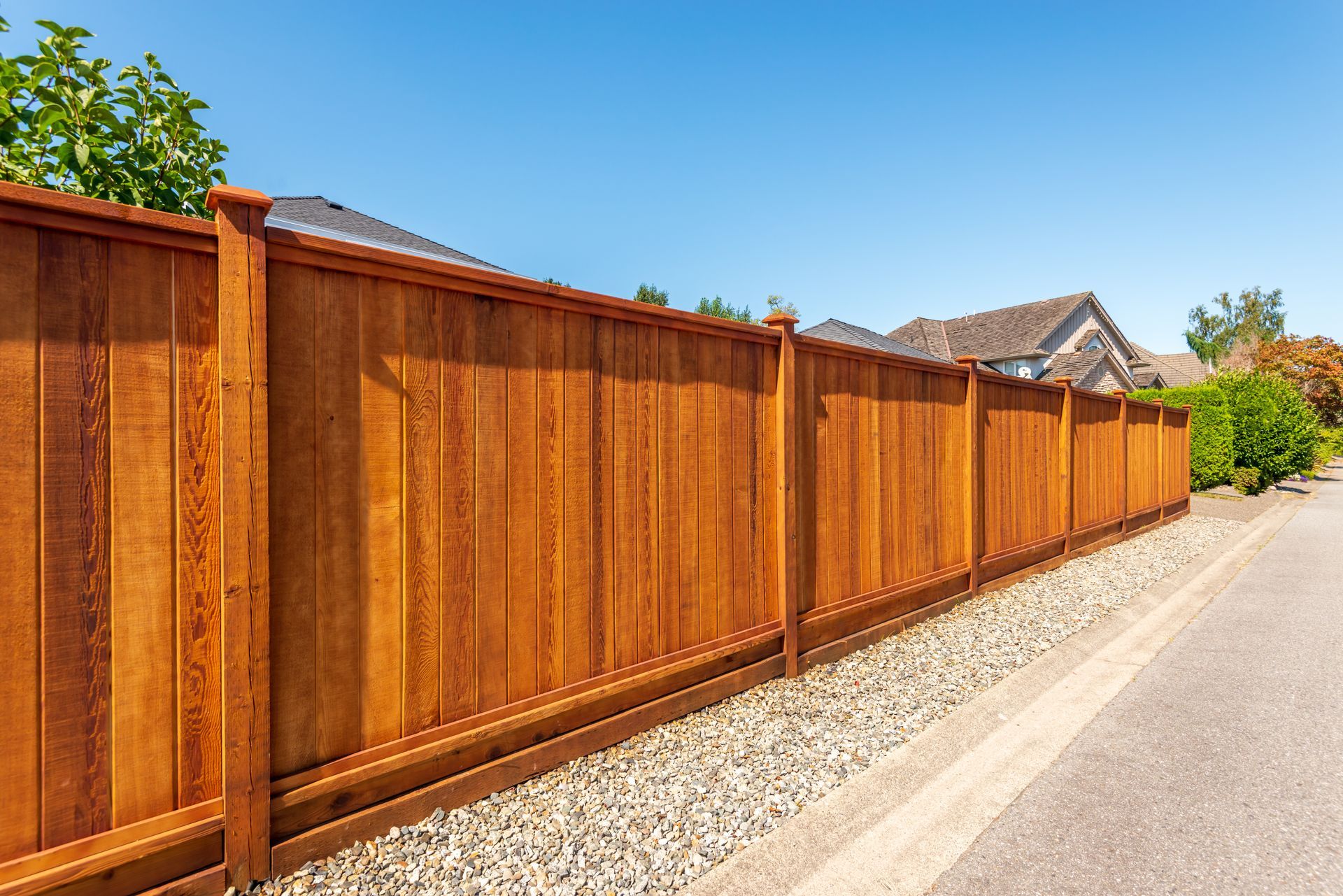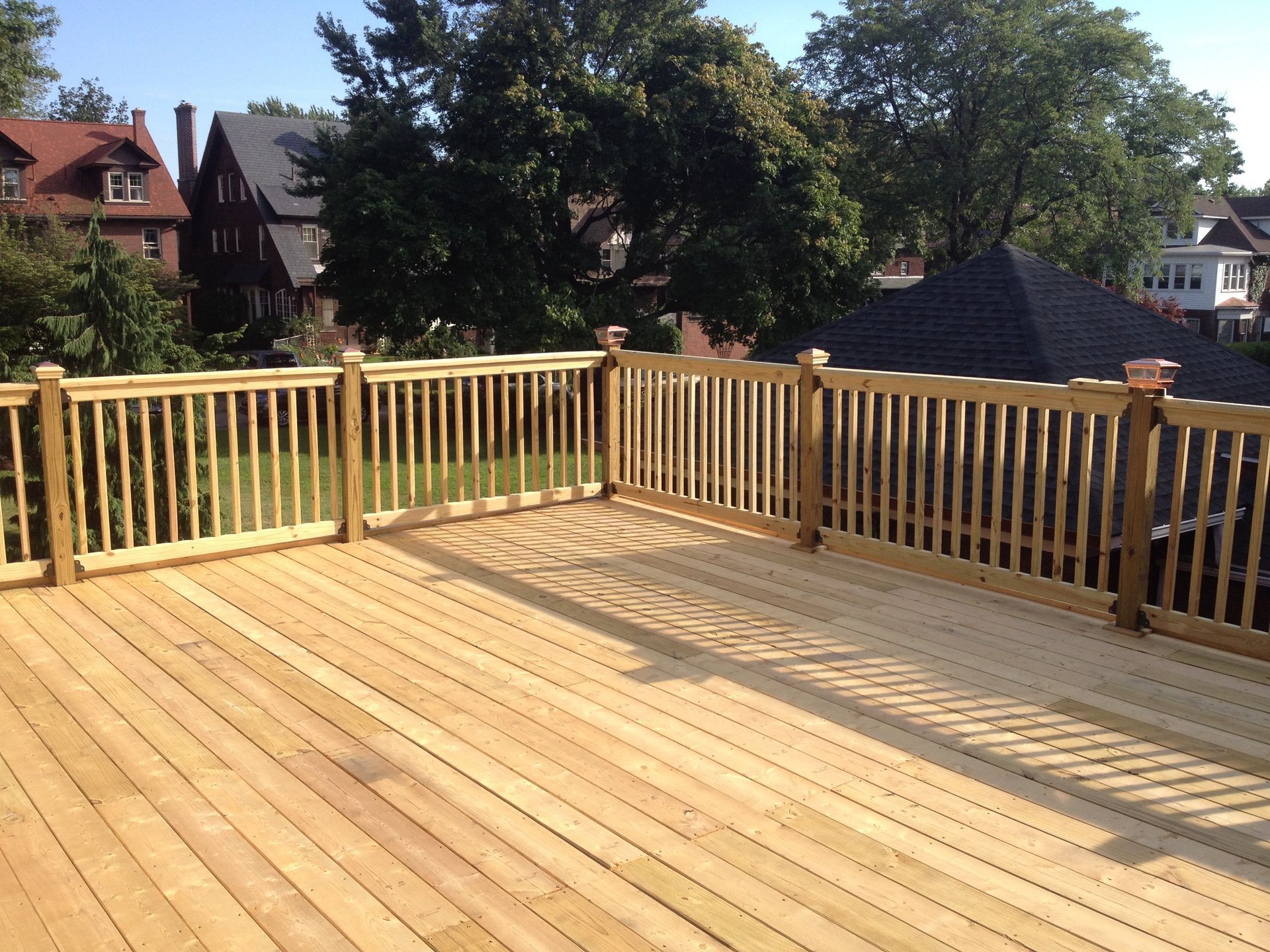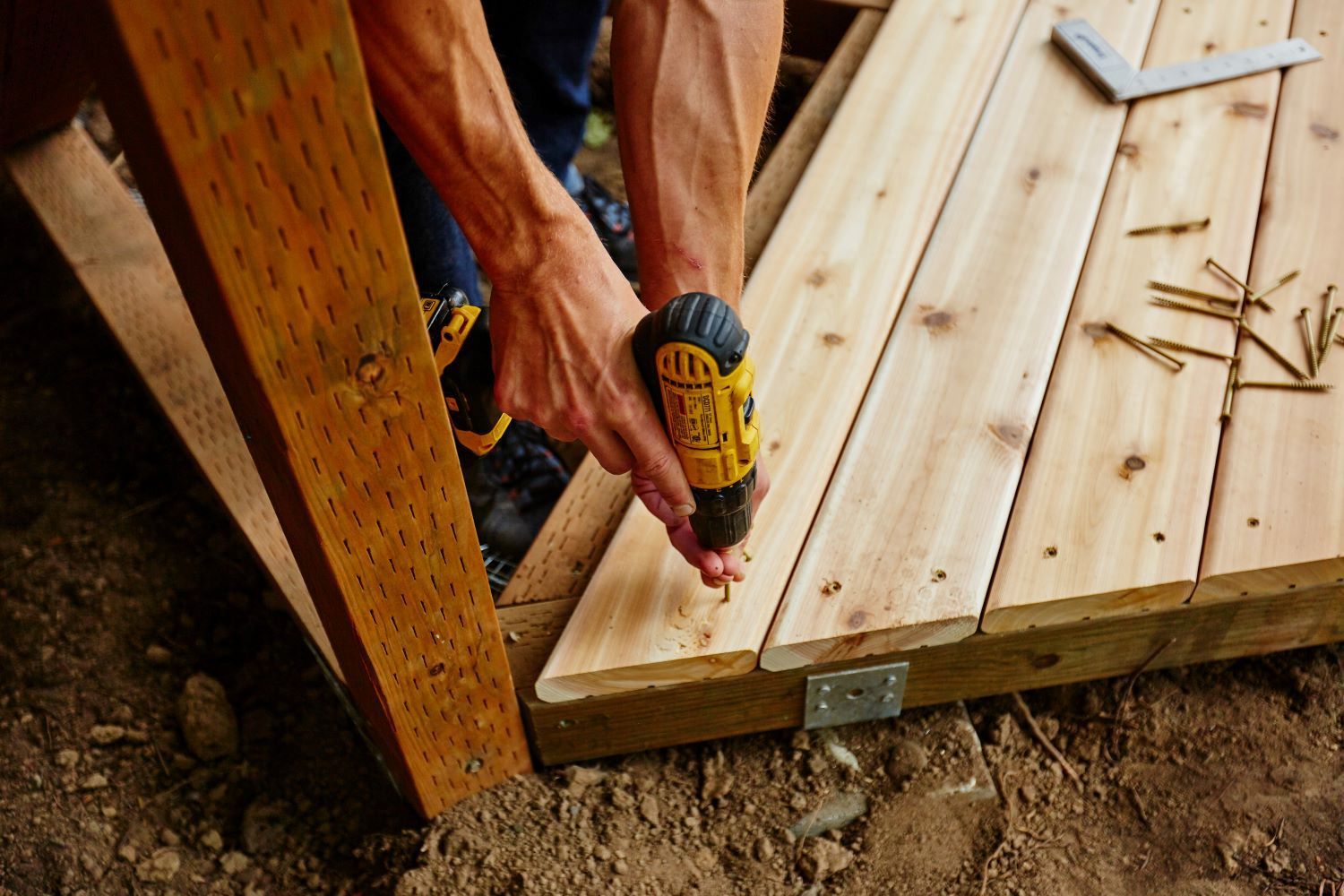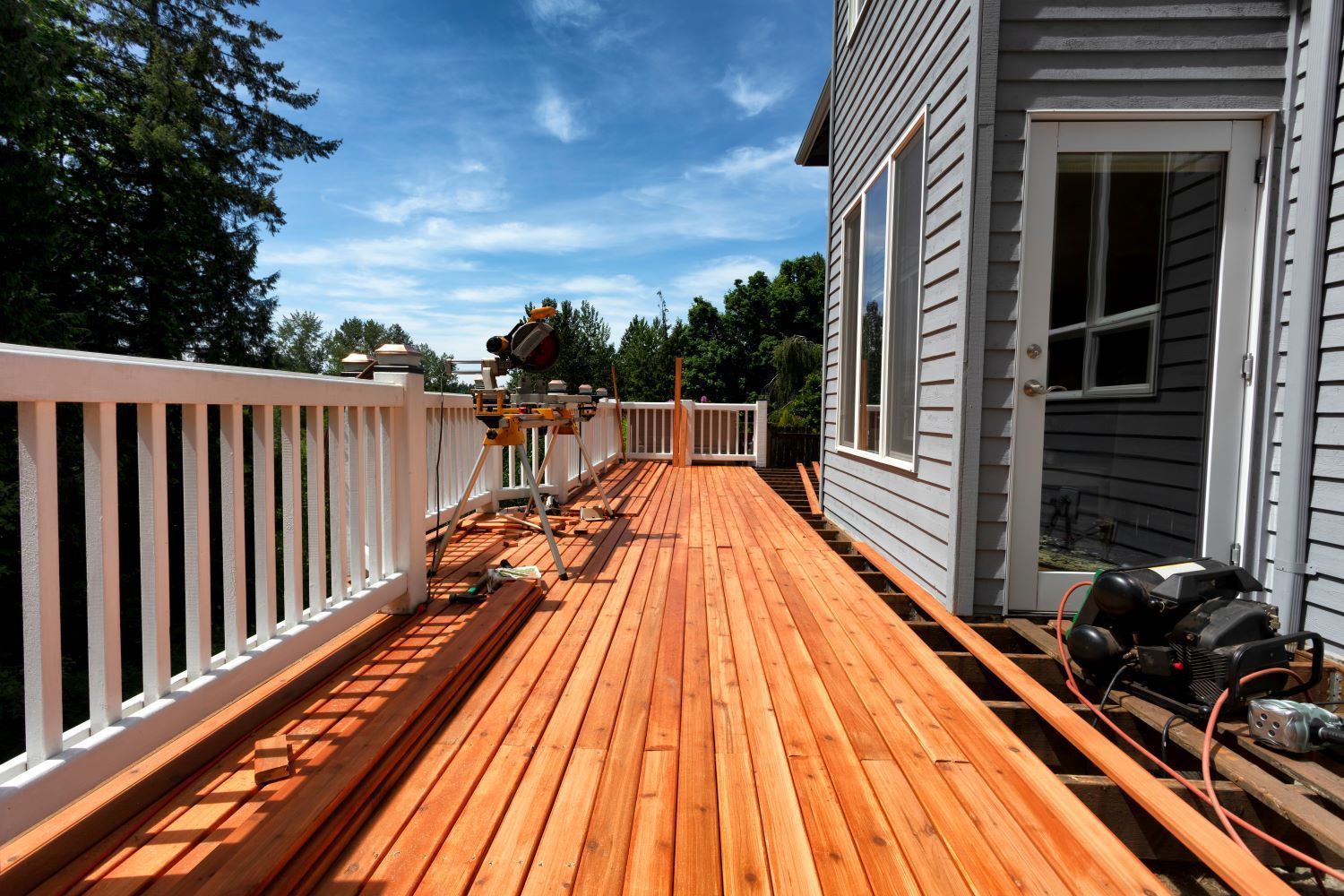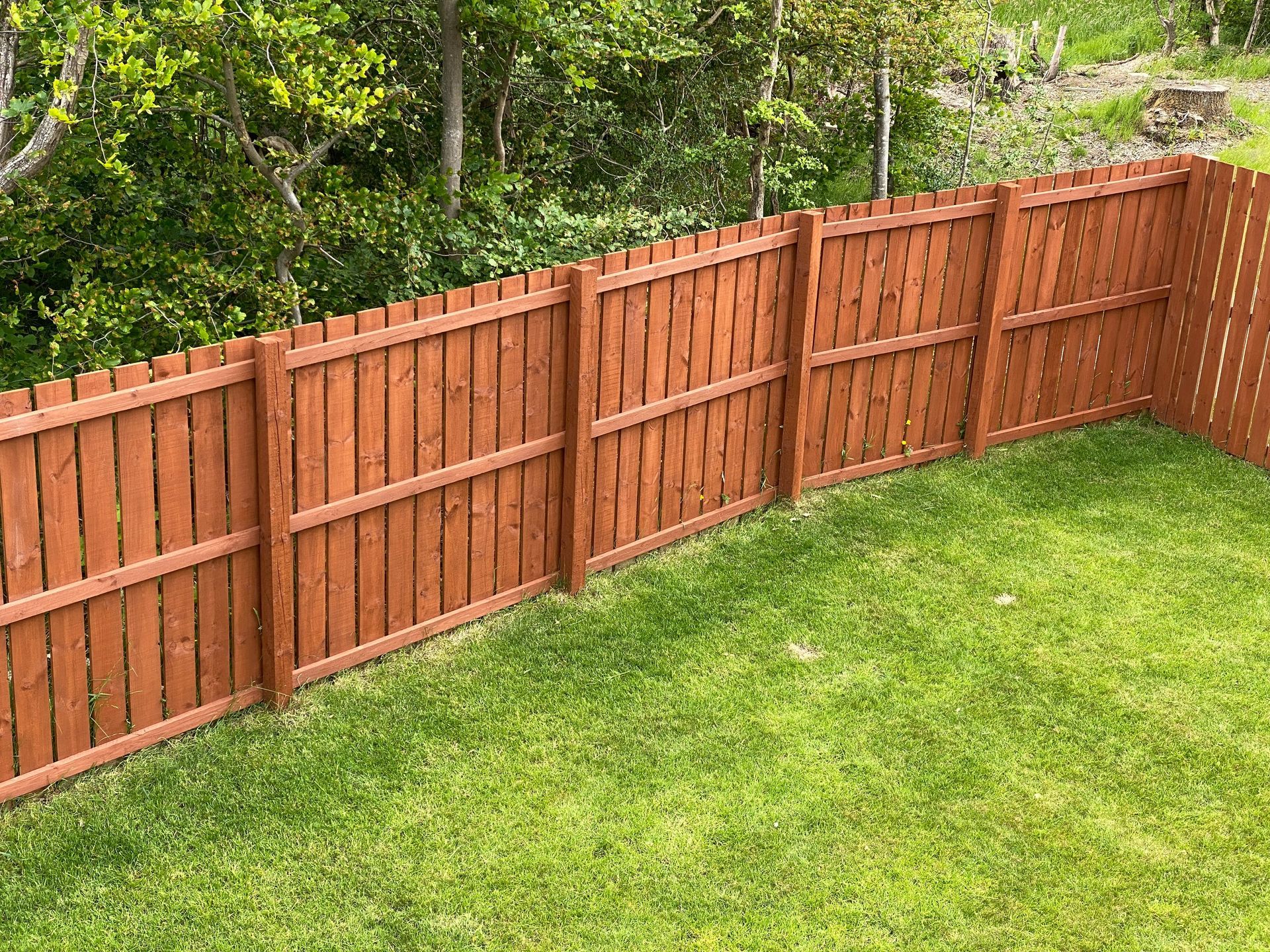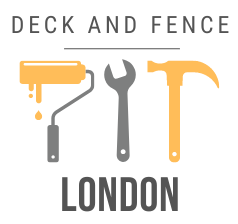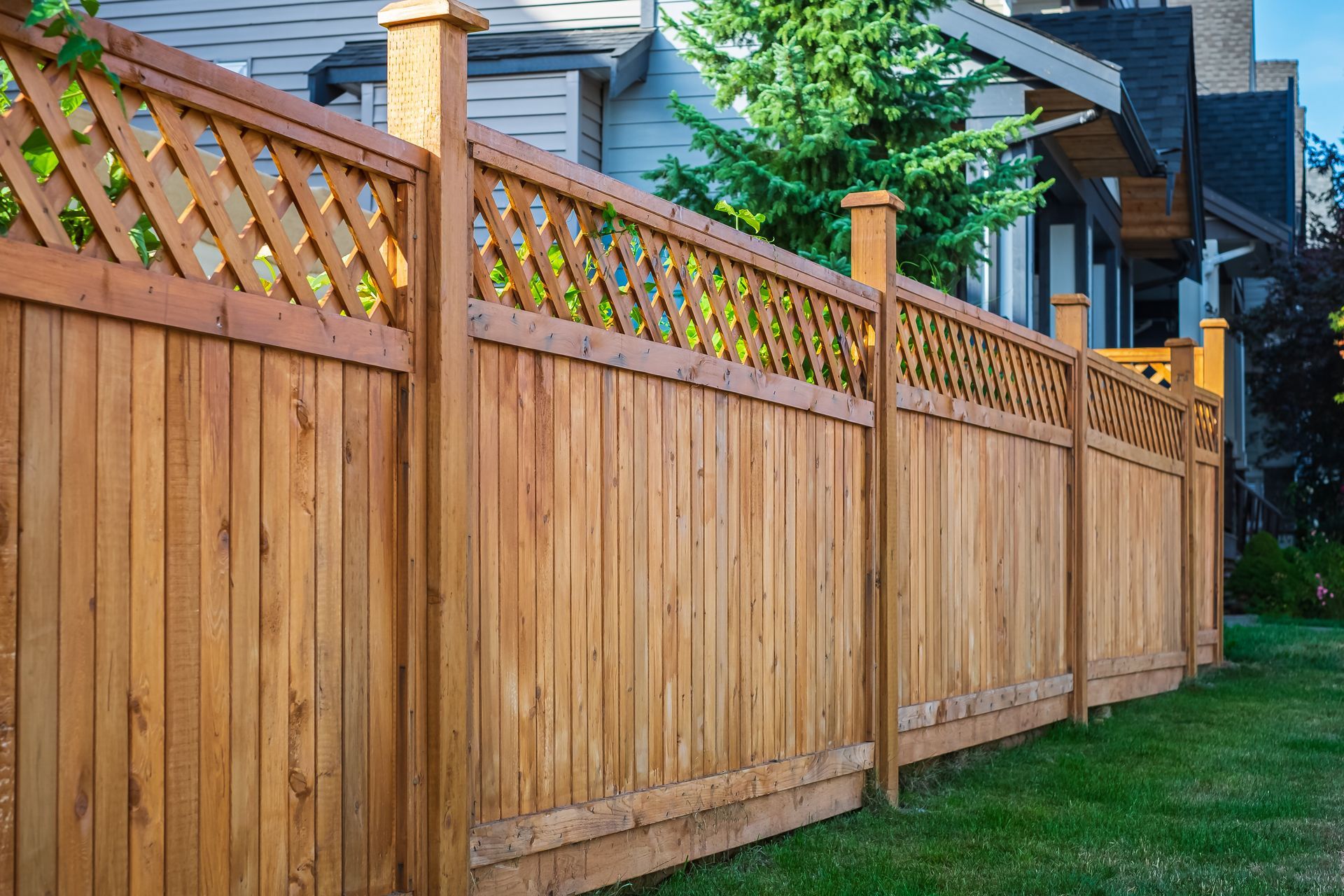Fence Staining vs. Painting: Which is Best for Your Yard?
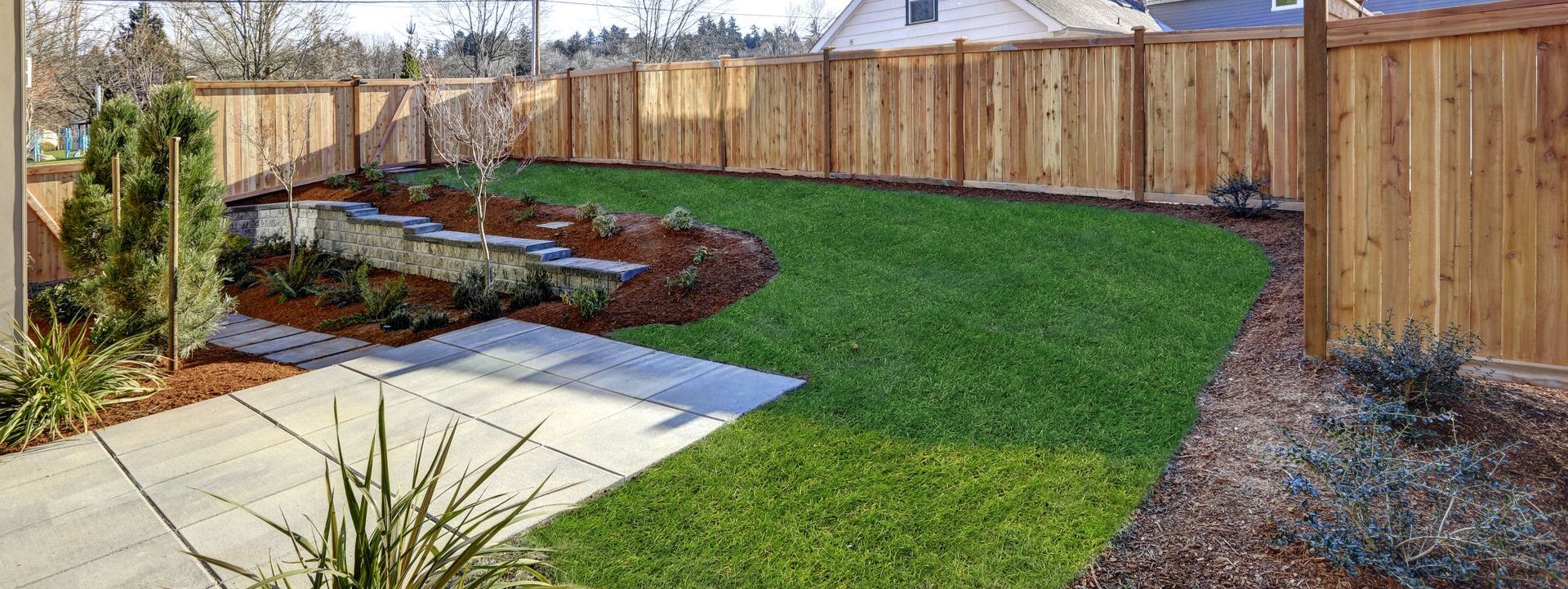
When it comes to maintaining the beauty and durability of your fence, staining and painting are two of the most effective methods. Both techniques offer distinct advantages and can significantly enhance the appearance and lifespan of your fence. But how do you decide which is best for your yard? In this article, we’ll explore the benefits of fence staining and painting to help you make an informed decision.
Benefits of Fence Staining
1. Natural Appearance
One of the primary advantages of staining is that it enhances the natural beauty of the wood. Stains come in various shades that can complement the natural grain and texture, giving your fence a rich, organic look. This is especially beneficial if you have a wooden fence, as staining preserves the wood's natural appeal.
2. Penetration and Protection
Stains penetrate deeply into the wood, providing excellent protection against the elements. This deep penetration helps to prevent moisture from seeping into the wood, which can lead to rot and decay. Additionally, many stains contain UV inhibitors that protect the wood from sun damage, keeping it looking new for longer.
3. Maintenance and Durability
Stained fences typically require less maintenance compared to painted ones. The stain does not peel or crack over time, and when it begins to fade, it can be easily reapplied without extensive preparation. This makes staining a cost-effective and low-maintenance option in the long run.
Benefits of Fence Painting
1. Color Variety and Customization
Painting your fence offers a wide range of color options, allowing for greater customization to match your home’s exterior or your personal style. Whether you prefer a classic white picket fence or a bold, vibrant color, painting provides the flexibility to achieve the look you desire.
2. Surface Protection
A high-quality exterior paint creates a solid barrier on the surface of the wood, protecting it from moisture, UV rays, and pests. This layer of protection can help to prevent cracking, warping, and insect damage, ensuring that your fence remains sturdy and attractive for years.
3. Smooth, Uniform Finish
Painting can provide a smooth, uniform finish that hides imperfections and creates a polished appearance. If your fence has visible knots, cracks, or other blemishes, paint can effectively conceal these flaws and give your fence a clean, finished look.
Which is Best for Your Yard?
The choice between staining and painting ultimately depends on your preferences, the type of wood, and the specific conditions of your yard.
Consider Staining If:
- You want to enhance the natural beauty of the wood.
- You prefer a low-maintenance option.
- Your fence is exposed to harsh weather conditions and you want deep, penetrating protection.
- You want to preserve the wood’s texture and grain.
Consider Painting If:
- You desire a wide range of color options for customization.
- Your fence has imperfections that you want to hide.
- You prefer a solid, uniform finish.
- You want a strong surface barrier to protect against moisture and pests.
Conclusion
Both staining and painting have their unique advantages, and the best choice for your yard will depend on your specific needs and aesthetic preferences. At Deck and Fence London, we specialize in helping homeowners in London, Ontario, achieve the perfect look and protection for their fences. Whether you choose to stain or paint, our expert team is here to provide high-quality service and ensure your fence looks beautiful and lasts for years to come. Contact us today to learn more about our fence maintenance services and schedule a consultation.
